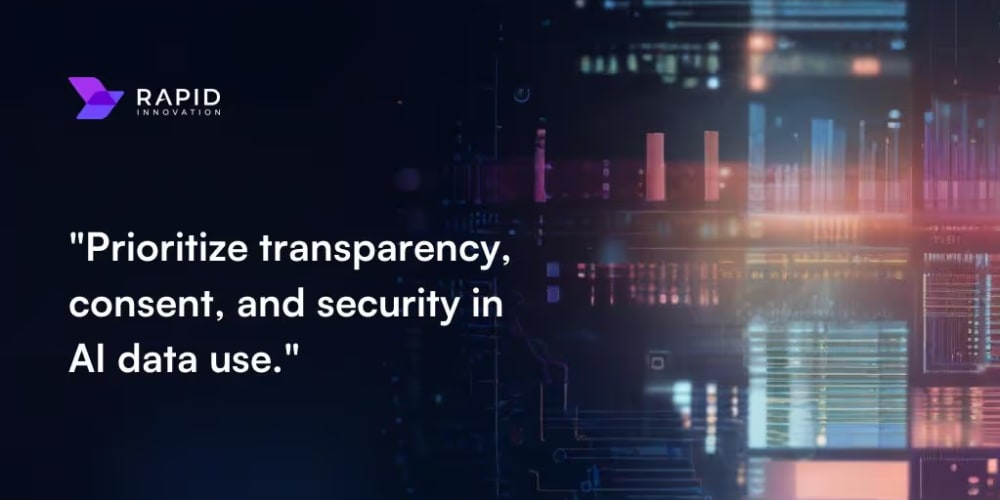<!DOCTYPE html>
How a 2% Failure Turned into a Success: My CKS Exam Experience
<br> body {<br> font-family: Arial, sans-serif;<br> line-height: 1.6;<br> margin: 0;<br> padding: 20px;<br> }</p> <div class="highlight"><pre class="highlight plaintext"><code> h1, h2, h3 { color: #333; } img { max-width: 100%; height: auto; display: block; margin: 20px 0; } code { background-color: #f2f2f2; padding: 5px; border-radius: 3px; } </code></pre></div> <p>
How a 2% Failure Turned into a Success: My CKS Exam Experience
The Certified Kubernetes Security Specialist (CKS) exam is a challenging but rewarding certification for anyone serious about securing their Kubernetes deployments. My first attempt at the exam resulted in a 2% failure, a painful experience that forced me to re-evaluate my approach and ultimately led to a successful certification. This article will detail my journey, highlighting the key concepts, techniques, and resources that helped me overcome the challenges and finally achieve success.
This article will cover:
- The importance of Kubernetes security
- My initial approach and the reasons for my failure
- Key concepts and techniques to master for the CKS exam
- Step-by-step guide to preparing for the CKS exam
- Resources and tools that I found helpful
- My experience during the exam and key takeaways
- Conclusion and best practices for CKS exam success
Why Kubernetes Security Matters
Kubernetes, the open-source container orchestration platform, has become the backbone of modern cloud-native applications. However, this popularity also makes Kubernetes a target for attackers. A compromised Kubernetes cluster can have severe consequences, including:
- Data breaches
- Denial-of-service attacks
- Malware propagation
- Hijacking of resources
- Financial losses
The CKS certification demonstrates your expertise in securing Kubernetes deployments, validating your ability to:
- Identify and mitigate vulnerabilities
- Implement security best practices
- Use security tools and techniques
- Ensure compliance with industry standards

My First Attempt: 2% Short of Success
I initially underestimated the complexity and depth of the CKS exam. I relied primarily on online resources and rushed through the material. While I had some knowledge of Kubernetes security, I lacked the hands-on experience and comprehensive understanding required. The exam questions tested practical skills and real-world scenarios, which I was unprepared for. Despite my efforts, I fell short by a mere 2%.
Key Concepts and Techniques for CKS Success
After my first attempt, I took a step back and focused on strengthening my foundation. These key concepts and techniques proved crucial for my success:
- Kubernetes Security Basics
- Pod Security Policies (PSPs): Control the security profile of pods, defining resource limits, allowed capabilities, and network access.
- Network Policies: Define network access rules between pods, preventing unauthorized communication and isolating sensitive workloads.
- RBAC (Role-Based Access Control): Control access to Kubernetes resources based on roles and permissions.
- Image Security: Ensuring the security of container images by using trusted image repositories and scanning for vulnerabilities.
- Secrets Management: Storing sensitive data securely, including passwords, certificates, and API keys.
- Vulnerability Scanning: Identifying known vulnerabilities in container images and Kubernetes components.
- Security Auditing: Assessing the security posture of the cluster and identifying potential risks.
- Threat Modeling: Identifying and analyzing potential threats and vulnerabilities.
- Incident Response: Responding to security incidents and mitigating their impact.
- Kubernetes Security Scanner (Kube-Bench): Automated tool for assessing Kubernetes security configurations.
- Trivy: Open-source vulnerability scanner for container images.
- Falco: Open-source runtime security tool for detecting suspicious behavior in Kubernetes clusters.
- CIS Kubernetes Benchmark: Industry standard for hardening Kubernetes deployments.
Step-by-Step Guide to CKS Exam Preparation
Following a structured approach is key to CKS exam success. I recommend the following steps:
Review the official CKS exam blueprint available on the Kubernetes website. This outlines the topics covered, weighting, and the format of the exam.
Start with a comprehensive understanding of Kubernetes fundamentals, including concepts like pods, deployments, services, and namespaces.
Focus on the specific security concepts and tools mentioned in the exam blueprint, including PSPs, network policies, RBAC, secrets management, and vulnerability scanning.
The CKS exam is practical. Create a Kubernetes cluster on your own (e.g., using minikube or a cloud provider) and experiment with the security features and tools.
Use practice exams (available online and through platforms like Udemy) to simulate the exam experience and identify areas where you need to improve.
Regularly revisit the concepts and tools you learned, and make sure you can explain them clearly and apply them confidently.
Resources and Tools
These resources and tools were invaluable during my CKS preparation:
- Kubernetes Documentation: https://kubernetes.io/docs/
- CKS Study Guide: https://kubernetes.io/docs/tasks/admin/configure-cluster/securing-clusters/
- CKS Practice Exams: https://www.udemy.com/course/certified-kubernetes-security-specialist-cks-practice-exams/
- Kubernetes Security Best Practices: https://kubernetes.io/docs/tasks/admin/configure-cluster/securing-clusters/
- Kube-Bench: https://github.com/kubernetes-security/kube-bench
- Trivy: https://aquasecurity.github.io/trivy/
- Falco: https://falco.org/
- CIS Kubernetes Benchmark: https://www.cisecurity.org/benchmark/kubernetes/
My CKS Exam Experience
After months of focused preparation, I retook the CKS exam. This time, I felt much more confident. The exam was still challenging, but I was better equipped to handle the practical scenarios and security concepts. I took my time, read each question carefully, and used my knowledge to answer them confidently.
Key Takeaways
My journey to CKS certification taught me valuable lessons:
- Don't underestimate the exam: The CKS exam requires a deep understanding of Kubernetes security and hands-on experience.
- Structured approach is essential: A well-defined study plan helps you cover all the necessary topics and build a solid foundation.
- Practice is key: Experimenting with security tools and techniques is crucial for developing practical skills.
- Stay updated: Kubernetes and security best practices are constantly evolving, so staying informed is essential.
Conclusion
The CKS certification is a testament to your expertise in securing Kubernetes deployments. My 2% failure was a valuable learning experience that pushed me to improve my skills and prepare more thoroughly. With dedication, the right resources, and hands-on experience, you too can achieve success on the CKS exam.
Remember, secure Kubernetes deployments are essential for protecting your data and applications. By achieving the CKS certification, you demonstrate your commitment to security and your ability to contribute to a more secure cloud-native world.


















